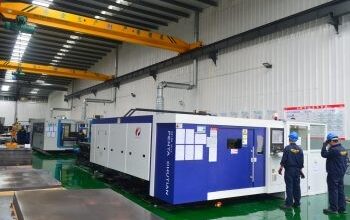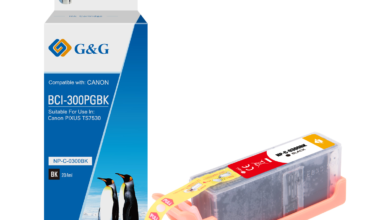Capitalizing on NSE Option Chain Opportunities: Recognizing Patterns and Exploiting Trends

The NSE option chain offers a plethora of opportunities for traders to profit from the dynamic movements of stocks and indices. By recognizing patterns and exploiting trends within the option chain, traders can strategically position themselves to capitalize on these opportunities. Here are some key strategies to help traders identify patterns, exploit trends, and maximize their returns in NSE option chain trading.
Identifying Price Patterns: Price patterns within the option chain can provide valuable insights into potential price movements. Recognizing patterns such as ascending triangles, descending triangles, and symmetrical triangles can help traders anticipate breakouts or breakdowns. For example, if an ascending triangle pattern is identified, where the upper trendline is relatively flat and the lower trendline is ascending, it may indicate a potential opportunity for buying call options. Conversely, a descending triangle pattern, where the upper trendline is descending and the lower trendline is relatively flat, might suggest a potential opportunity for buying put options. Check what is demat?
Utilising Moving Averages: Moving averages are widely used in technical analysis to identify trends and potential support or resistance levels within the option chain. By plotting different moving averages, such as the 50-day and 200-day moving averages, traders can assess the overall direction of price movements. When the shorter-term moving average crosses above the longer-term moving average, it may signal a bullish trend and a potential opportunity for buying call options. Conversely, when the shorter-term moving average crosses below the longer-term moving average, it may indicate a bearish trend and a potential opportunity for buying put options. Check what is demat?
Using Oscillators and Indicators: Oscillators and indicators, such as the Relative Strength Index (RSI) and the Moving Average Convergence Divergence (MACD), can help traders identify overbought and oversold conditions within the option chain. When an oscillator reaches overbought levels (typically above 70 on the RSI), it may suggest a potential opportunity for buying put options, as the price may be due for a reversal. Conversely, when an oscillator reaches oversold levels (typically below 30 on the RSI), it may indicate a potential opportunity for buying call options, as the price may be due for a rebound.
Analysing Option Chain Open Interest: Open interest, which represents the number of outstanding option contracts, can provide insights into the sentiment and expectations of market participants. By monitoring changes in open interest, traders can identify potential trends or shifts in market sentiment. For example, a significant increase in open interest in call options might suggest a bullish sentiment, potentially signalling a buying opportunity for call options. Conversely, a significant increase in open interest in put options might indicate a bearish sentiment, potentially signalling a buying opportunity for put options.Check what is demat?
Thus, capitalising on NSE option chain opportunities requires a combination of technical analysis, market awareness, and strategic decision-making. By recognizing price patterns, utilising moving averages, monitoring oscillators and indicators, analysing open interest and volume, identifying support and resistance levels, and staying informed, traders can enhance their ability to identify patterns, exploit trends, and maximise their returns




